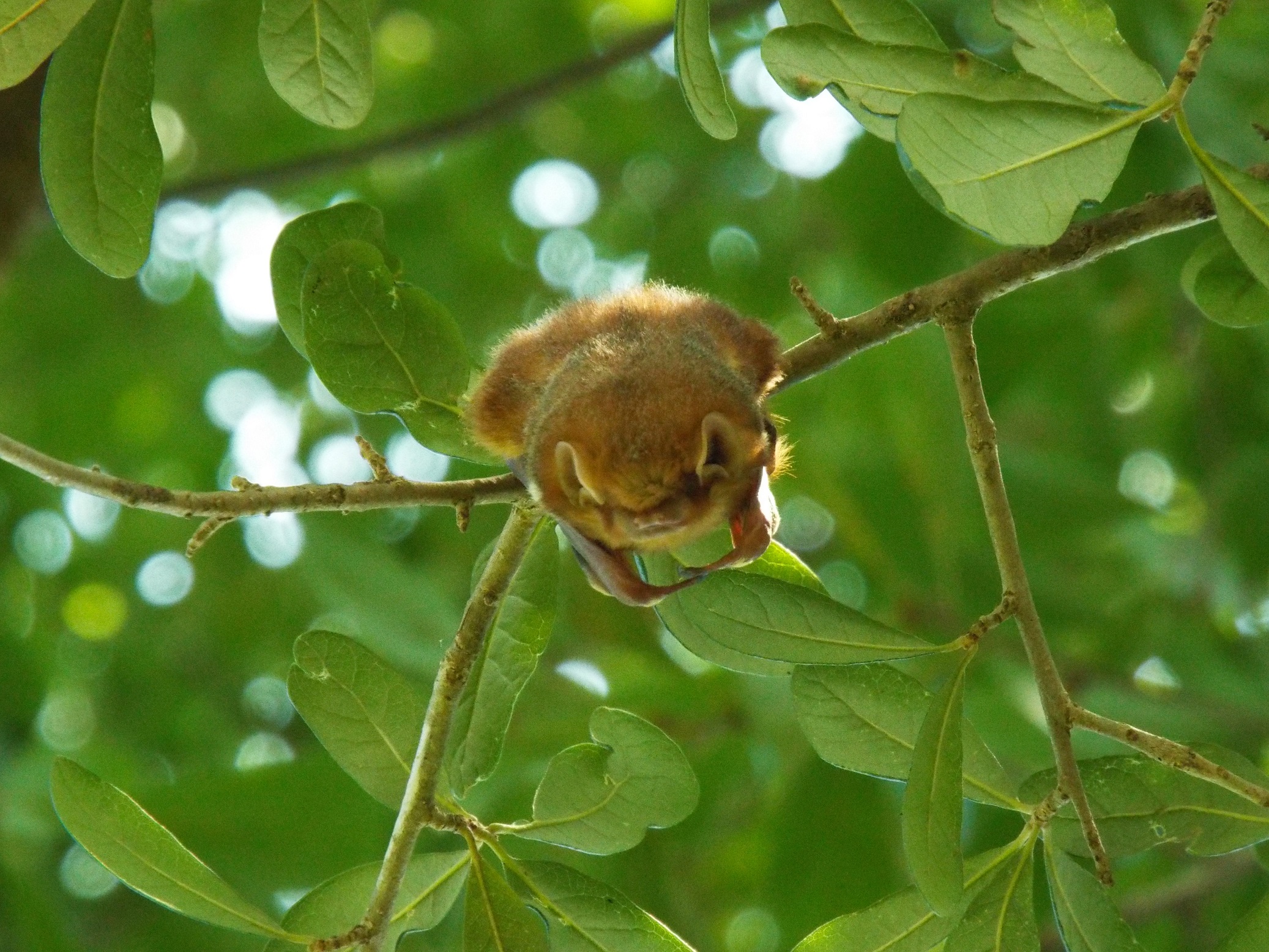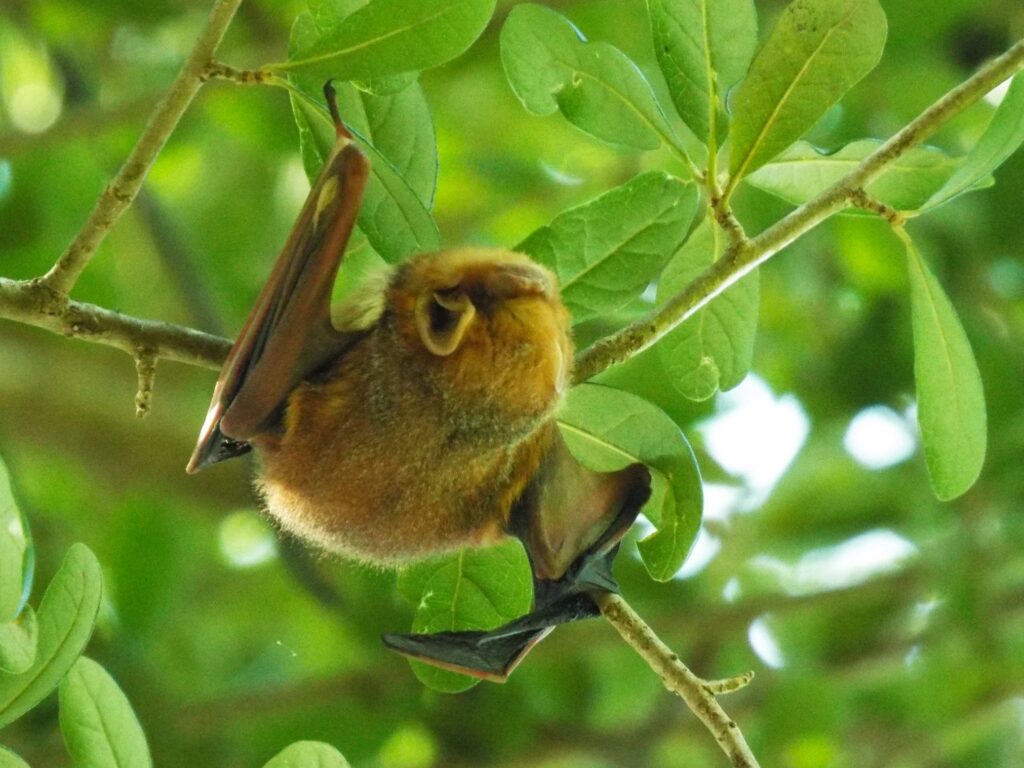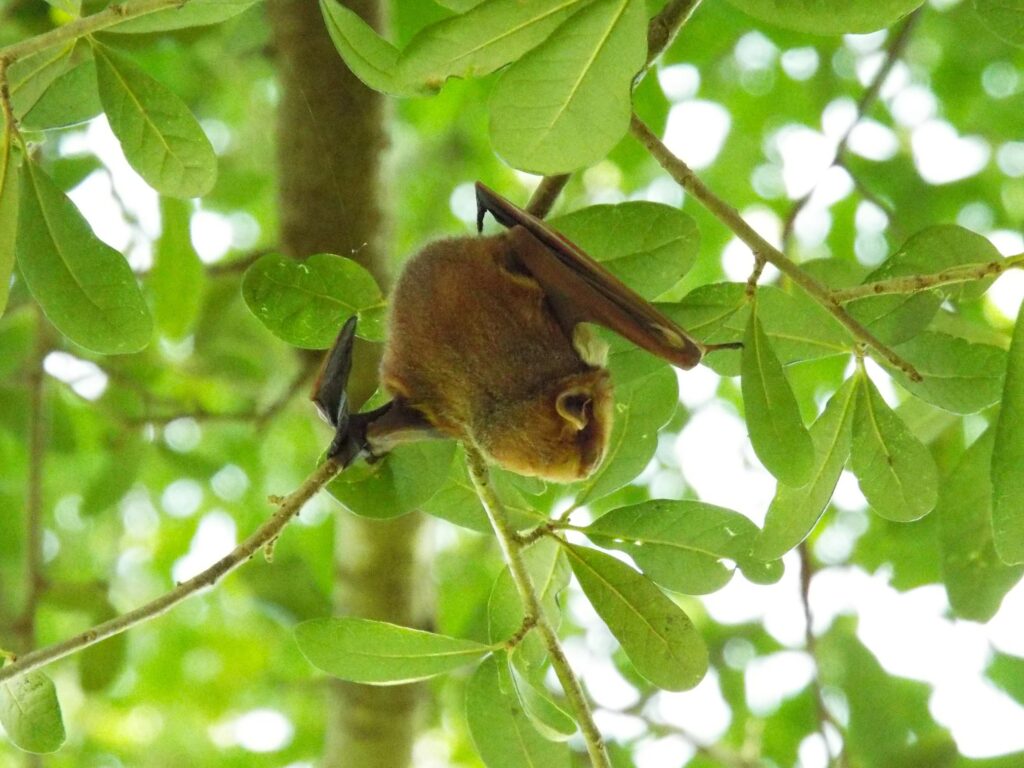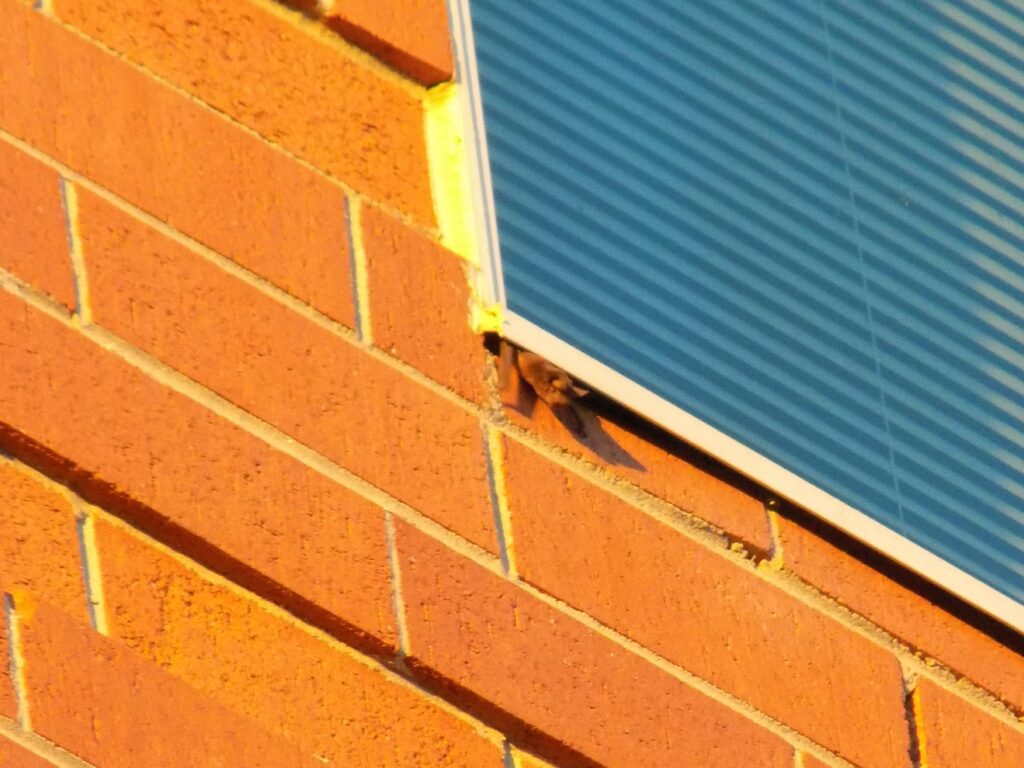



This week for Flora and Fauna Friday we have our one and only flying mammals, the Micro-Bats of superfamily Vespertilionoidea.
I’ll be the first to tell you that, like most of us, I don’t know much of anything about our bats. Their nocturnal habits and frantic flying make for difficult observation and their supersonic calls go unheard by us ground dwellers. So today we’re going to stay very general and I’ll just be looking at our bats as a group. Bats are the only mammals capable of true flight. Their wings consist of a membranous skin stretched between their elongated fingers and down along their bodies. Bats are broadly divided into two groups, the Mega-Bats and the Micro-Bats. Mega-Bats, also called fruit bats, are found only in the old world and, as the name implies, can get quite large. Here in the United States, we only have Micro-Bats. Here in South Carolina, fourteen species of bat belonging to two families fill our night skies throughout the year. Some are quite rare and others quite common. Without having a bat in the hand or spying one out in the daylight, they’re near impossible to identify to species. Yet, much like birds, bats can be identified acoustically by their calls but, unlike birds, bat voices are ultrasonic and require specialized microphones to record and transform their calls into something audible to humans. Scientists have used this to great effect in studying bat populations across the world.
One common type of bat call is echolocation. Bats can emit high pitched clicks that, just like sonar, bounce off of obstacles and flying insects. They then listen for the echo of their call and discern its sonic signature to locate and hunt their prey all while avoiding collisions with buildings and trees. Additionally, contrary to the old saying bats have pretty good eyesight and can often be spotted catching insects in the dim twilight or beneath a full moon. During the day, bats return to a roost to sleep the day away. Depending on the species, our Bats would have naturally roosted in caves, hollow tree trunks, or out in the open on tree limbs. Nowadays, they can also be found under bridges, in tunnels or mines, abandoned barns, or even in attics. An easy way to create bat habitat is to build and install a bat box, which provides roosting habitat for certain species of bats.
Over winter, when food is scarce, bats will hibernate. Some solitary bats will simply hang out in the trees or even burrow into the leaf litter for insulation when freezing temperatures approach. The more social bat species retreat to more permanent roosting sites, called hibernacula, to hibernate in groups. Bats can enter a state called torpor where their metabolism is dramatically reduced and their body temperature plummets. This allows them to stay inactive for weeks or months at a time while barely using any energy. In the last decade, the social bats hibernating in the upstate have been hammered by a fungal disease called White-nose Syndrome that was recently introduced to the United States. This disease thrives in the cool moist atmosphere of Appalachian caves and, once it enters a hibernacula, can rapidly spread through the hibernating bats for years to come. So far in South Carolina, five of our fourteen species of Bat are known to be impacted by White-nose syndrome and some, like the Tricolored Bat, have seen incredible population declines. Thankfully, some of our Bat species appear to be resistant to the disease and those with more solitary lifestyles, or that don’t regularly hibernate, are not at great risk for contracting it in the first place. The USFWS, SCDNR, adjacent state wildlife agencies, and researchers are working frantically to understand the disease and prevent hibernacula from becoming infected where possible.